Rodrigo Hernangomez
Demonstration of a Real-Time Testbed for D-Band Integrated Sensing and Communication
Jun 28, 2024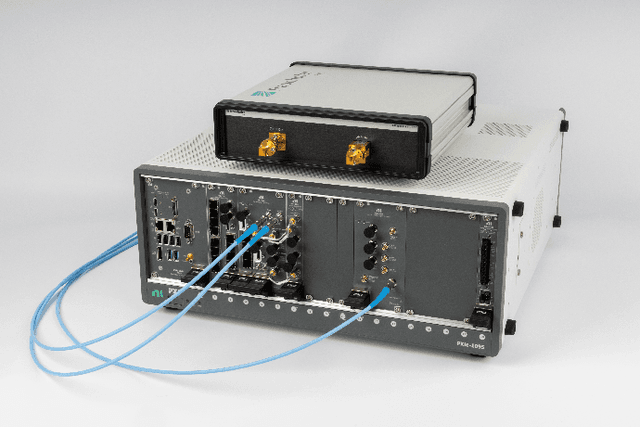
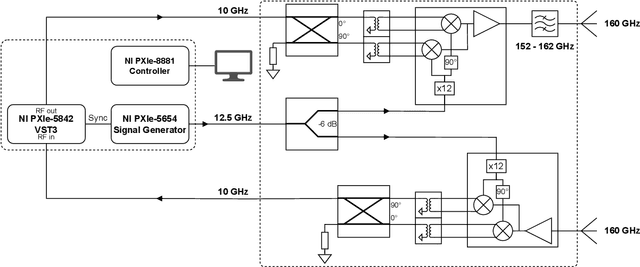
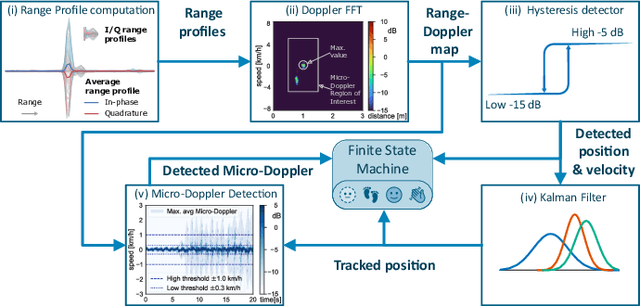
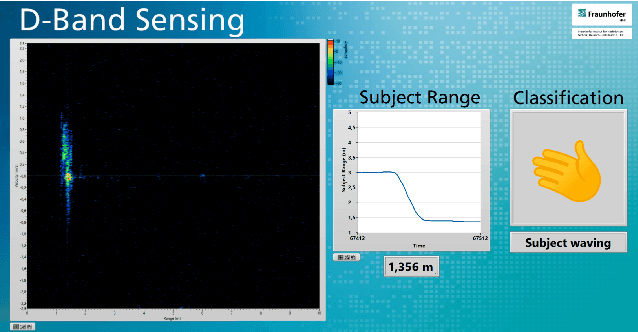
Abstract:The D-band, spanning 110 GHz to 170 GHz, has emerged as a relevant frequency range for future mobile communications and radar sensing applications, particularly in the context of 6G technologies. This demonstration presents a high-bandwidth, real-time integrated sensing and communication (ISAC) platform operating in the upper D-band at 160 GHz. The platform comprises a software-defined intermediate frequency transceiver and a D-band radio frequency module. Its flexible software design allows for rapid integration of signal processing algorithms. Highlighting its potential for advanced research in ISAC systems, the platforms's efficacy is showcased through a live demonstration with an algorithm implementing human target tracking and activity classification.
The Story of QoS Prediction in Vehicular Communication: From Radio Environment Statistics to Network-Access Throughput Prediction
Feb 23, 2023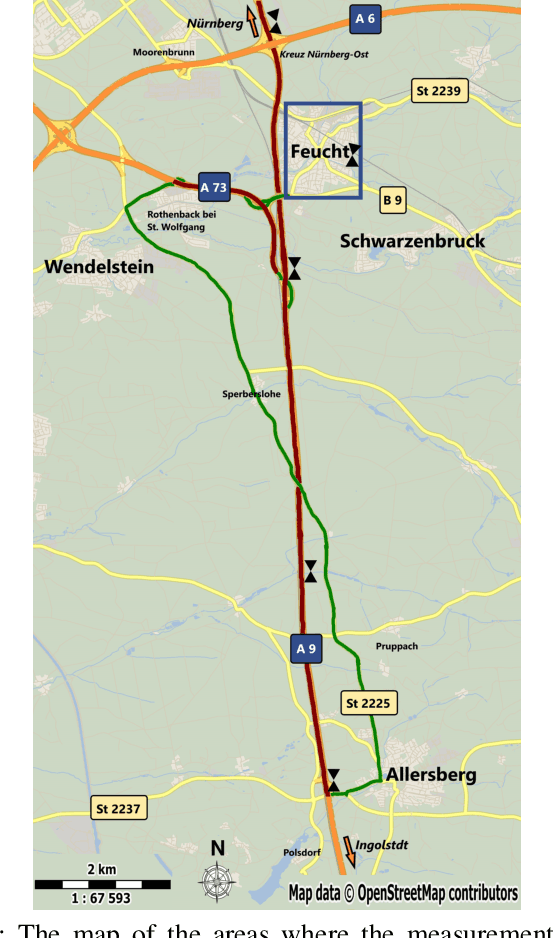
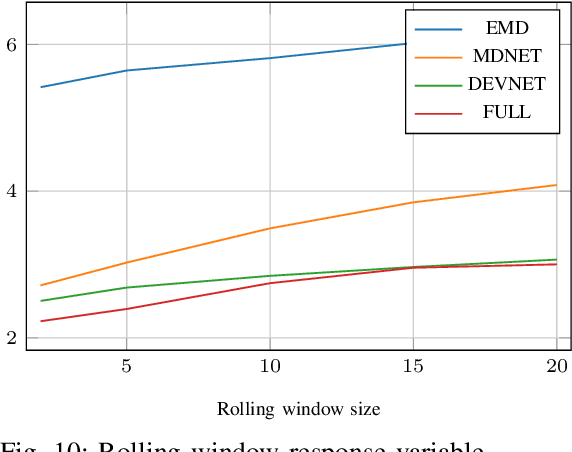
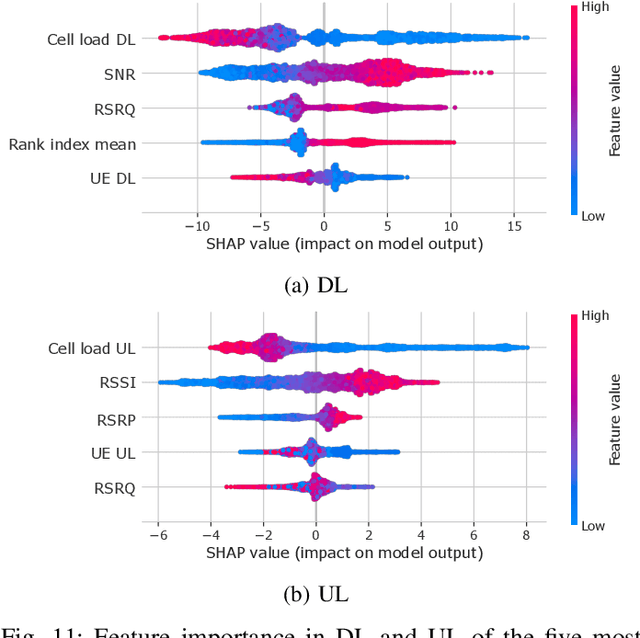
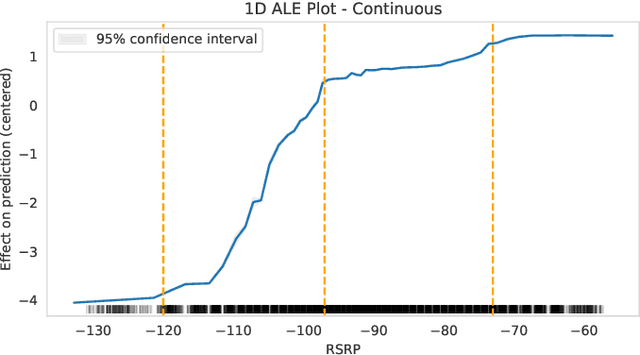
Abstract:As cellular networks evolve towards the 6th Generation (6G), Machine Learning (ML) is seen as a key enabling technology to improve the capabilities of the network. ML provides a methodology for predictive systems, which, in turn, can make networks become proactive. This proactive behavior of the network can be leveraged to sustain, for example, a specific Quality of Service (QoS) requirement. With predictive Quality of Service (pQoS), a wide variety of new use cases, both safety- and entertainment-related, are emerging, especially in the automotive sector. Therefore, in this work, we consider maximum throughput prediction enhancing, for example, streaming or HD mapping applications. We discuss the entire ML workflow highlighting less regarded aspects such as the detailed sampling procedures, the in-depth analysis of the dataset characteristics, the effects of splits in the provided results, and the data availability. Reliable ML models need to face a lot of challenges during their lifecycle. We highlight how confidence can be built on ML technologies by better understanding the underlying characteristics of the collected data. We discuss feature engineering and the effects of different splits for the training processes, showcasing that random splits might overestimate performance by more than twofold. Moreover, we investigate diverse sets of input features, where network information proved to be most effective, cutting the error by half. Part of our contribution is the validation of multiple ML models within diverse scenarios. We also use Explainable AI (XAI) to show that ML can learn underlying principles of wireless networks without being explicitly programmed. Our data is collected from a deployed network that was under full control of the measurement team and covered different vehicular scenarios and radio environments.
Unsupervised Domain Adaptation across FMCW Radar Configurations Using Margin Disparity Discrepancy
Mar 09, 2022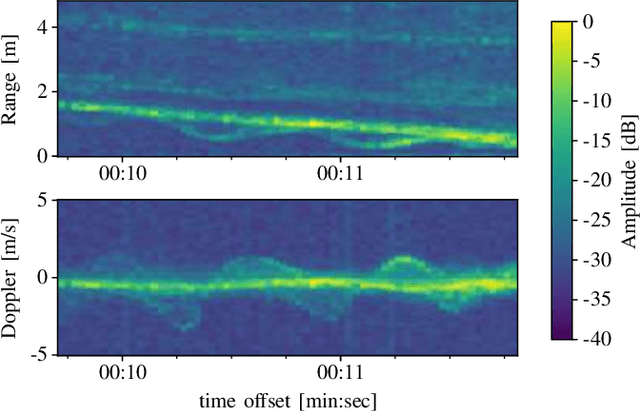
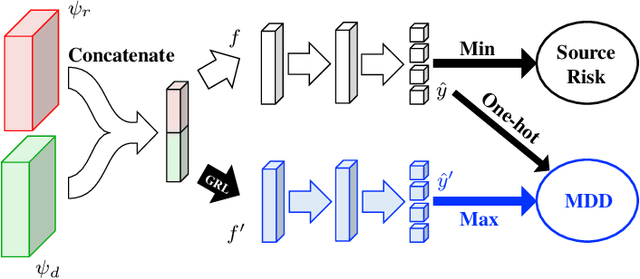
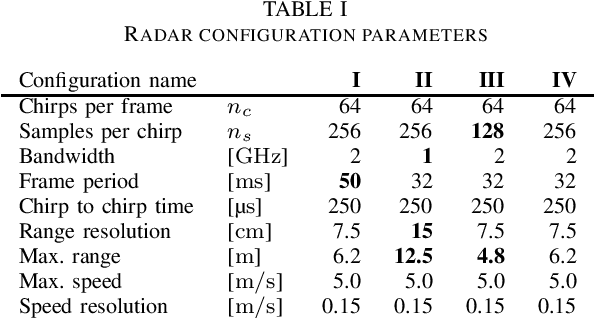
Abstract:Commercial radar sensing is gaining relevance and machine learning algorithms constitute one of the key components that are enabling the spread of this radio technology into areas like surveillance or healthcare. However, radar datasets are still scarce and generalization cannot be yet achieved for all radar systems, environment conditions or design parameters. A certain degree of fine tuning is, therefore, usually required to deploy machine-learning-enabled radar applications. In this work, we consider the problem of unsupervised domain adaptation across radar configurations in the context of deep-learning human activity classification using frequency-modulated continuous-wave. For that, we focus on the theory-inspired technique of Margin Disparity Discrepancy, which has already been proved successful in the area of computer vision. Our experiments extend this technique to radar data, achieving a comparable accuracy to fewshot supervised approaches for the same classification problem.
 Add to Chrome
Add to Chrome Add to Firefox
Add to Firefox Add to Edge
Add to Edge